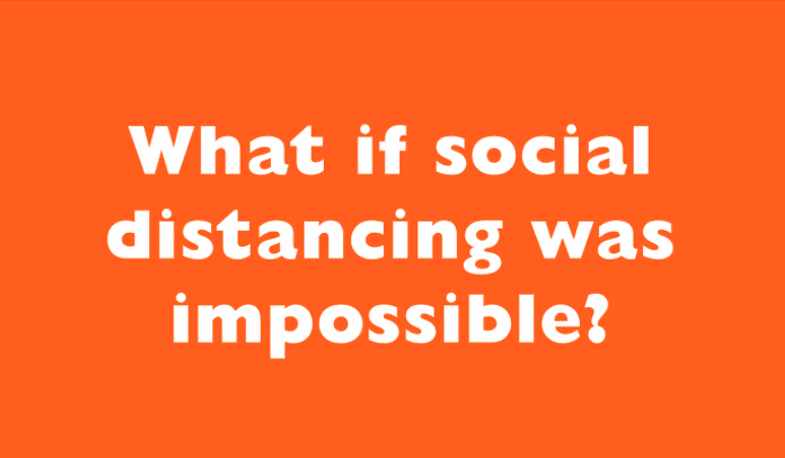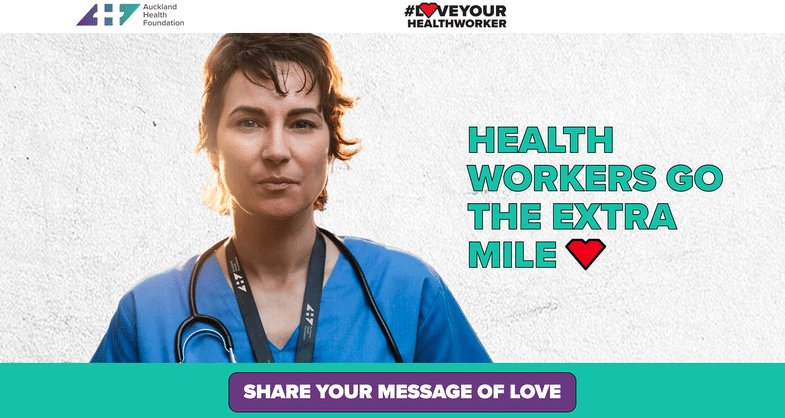My team asked me to write this article. Between home-schooling a five year old, keeping major projects rolling, and getting involved with sprint work, I thought it was a bit of a stretch. But then, comparatively speaking I have been asking them for a whole lot more recently. It turns out that I could use some of the time I have been spending making rounds and rounds of toast and tea.
Their request of me comes from a deep desire to serve. We’re drawn to acknowledging and showing appreciation for the charities that we work alongside, by helping them do more. So, I have decided to share some observations of the techniques we are seeing in action. I hope you pick up some tips, or at least some validation.







